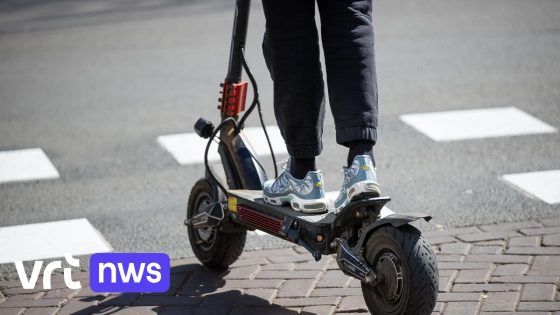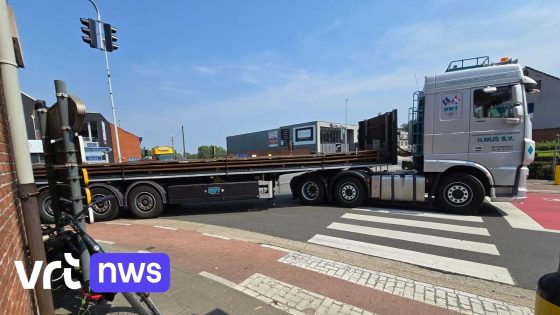Belgium is reconsidering e-scooter safety regulations as the CD&V party proposes lowering the maximum speed limit for these vehicles. This move aims to address growing concerns about e-scooter accidents and the risks posed by their current speeds. On 2025-08-22 07:30:00, federal parliament member Tine Gielis highlighted the need for change.
- CD&V wil maximumsnelheid verlagen naar 20 km/u
- E-step bestuurders ervaren vals veiligheidsgevoel
- Reactievermogen van e-step gebruikers is trager
- Snelheidsbeperking vermindert kans op verwondingen
- Tine Gielis ondersteunt snelheidsverlaging als maatregel
Drivers of e-scooters often feel a false sense of security, believing they are as safe as cyclists. However, their reaction times are slower, increasing the risk of accidents. CD&V suggests reducing the maximum speed to 20 kilometers per hour as a first, logical step to improve safety and reduce severe injuries.
How much safer will slower speeds make e-scooter travel? And can this change effectively lower injury rates without hampering mobility? The discussion now turns to the practical implications for Belgian commuters and policymakers.
Lowering the speed limit on e-scooters raises important questions about balancing safety and convenience. Will a 20 km/h limit be enough to reduce accidents significantly? And how will riders adapt to these new rules? Key points to consider include:
- Current e-scooter speeds often exceed safe reaction capabilities.
- Reduced speeds can lessen the severity of crashes and injuries.
- Enforcement and public awareness will be crucial for success.
As Belgium moves forward with these discussions, it is vital for lawmakers, riders, and local authorities to collaborate. Will this speed reduction mark the start of safer urban mobility? The coming months will reveal how this initiative shapes e-scooter regulations nationwide.































